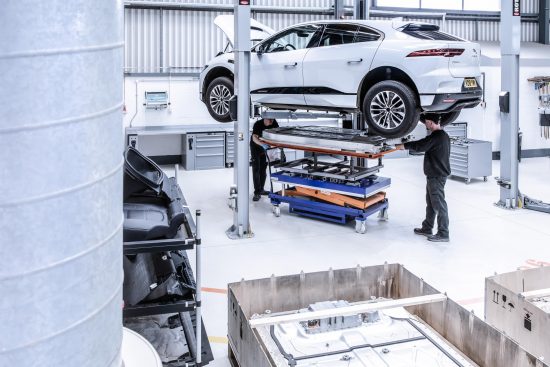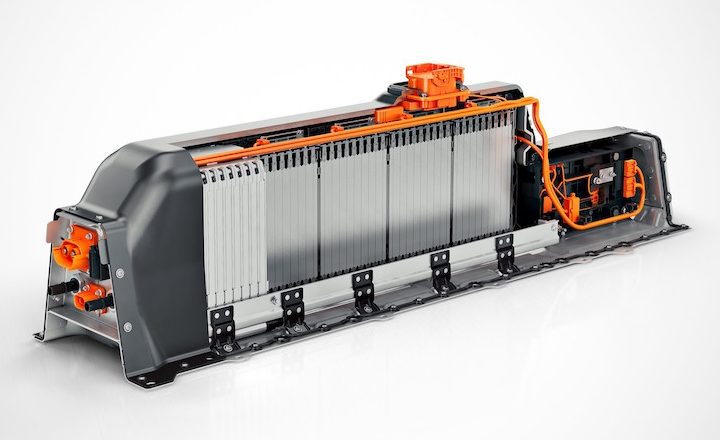 The battery in your electric vehicle is by far its most valuable component part, but do you know how to keep it in good health?
The battery in your electric vehicle is by far its most valuable component part, but do you know how to keep it in good health?
Manufacturers give surprisingly little information about how to keep an EV battery in good shape on a day-to-day basis, and drivers tend to be focussed on the battery range or charge.
The Li-ion battery and electric motor combination in an EV do the work not just of the engine but also the gearbox and fuel tank in an internal combustion engine (ICE) vehicle.
With an ICE vehicle, you would expect a car dealer or garage to be able to give you tips and advice on how to maintain them in good working order.
Few however know what it takes to look after an electric battery. You are much more likely to be given advice and help in finding charging points or battery range, which is of course useful, but not the same.
We’re completely used to keeping an eye on the state of charge on our smart phones, making sure it’s charged up as needed. You may even have had a discussion about whether it’s better to let it run down and then charge it overnight in one big charge, or think it’s best to keep it ‘topped up’ and charge it little and often.
The same principal applies to the electric battery in your vehicle but obviously with vastly more energy involved, for example one Tesla car battery can contain over 7,000 individual cells, whereas your phone might only have one small one.
It was recently suggested by Tomas Ingenlath, chief executive of Polestar, the electric performance car brand, that people are “starting to feel a bit more relaxed about the EV question” but what in fact is the EV question?
Is it how far your car will go when charged and if you’ll reach your destination? Is it how much it will cost to charge it? Or is it how to keep your battery healthy and make sure it lasts as long as possible? Perhaps the question is whether the battery can be recycled at the end of its life in a car?
In some ways understanding battery State of Health (SoH) answers all these questions. Battery state of health is described as the current capacity of your battery as a percentage of its original capacity.
“When I oversaw the trial of five Tesla electric taxis stationed at Gatwick Airport in 2019, each vehicle had 300,000 miles on the clock when the trial concluded, but the batteries were still at 82% State of Health (SoH). They were still working really well with many years life left in them. There is no question over the quality of the batteries, but we were given clear guidelines on how to use them and charge them, ” says Alex.
Keep your battery in good health
- Fast charging on DC chargers, more than 30% of all of your charging, has a large impact on battery health so try and charge at home using a household plug or A/C slow/medium rate charger as much as possible.
- Try not to let your battery run completely flat, it is best to keep it in the middle range as much as possible where the chemicals in the battery are held at optimal conditions. Your car battery computer will be set to do this as far as possible but you can help by not running it down completely.
- If you are running your battery all the time (in taxi or delivery operations), then let it rest (not charging or driving) once a week at a moderate state of charge (30-50%). This allows the battery to “calm itself down” (electro-chemists have a proper explanation about what this allows a battery to do internally).
Another good tip is to keep your car in the shade on sunny days. The optimal temperature for a battery is at 21 – 21.5 degrees C and either extreme heat or cold will affect the range of your battery. While extreme cold will reduce battery performance, the effect of heat is more important from a health and longevity point of view.
Altelium use battery data to facilitate second life uses to electric vehicle batteries, for example in Battery Energy Storage Systems, through warranties and operational data analytics.
Altelium believe good battery management and understanding is the key to maximising the life of batteries and the environmental credentials of electric vehicles.
Alex Johns is Business Development Manager Altelium


